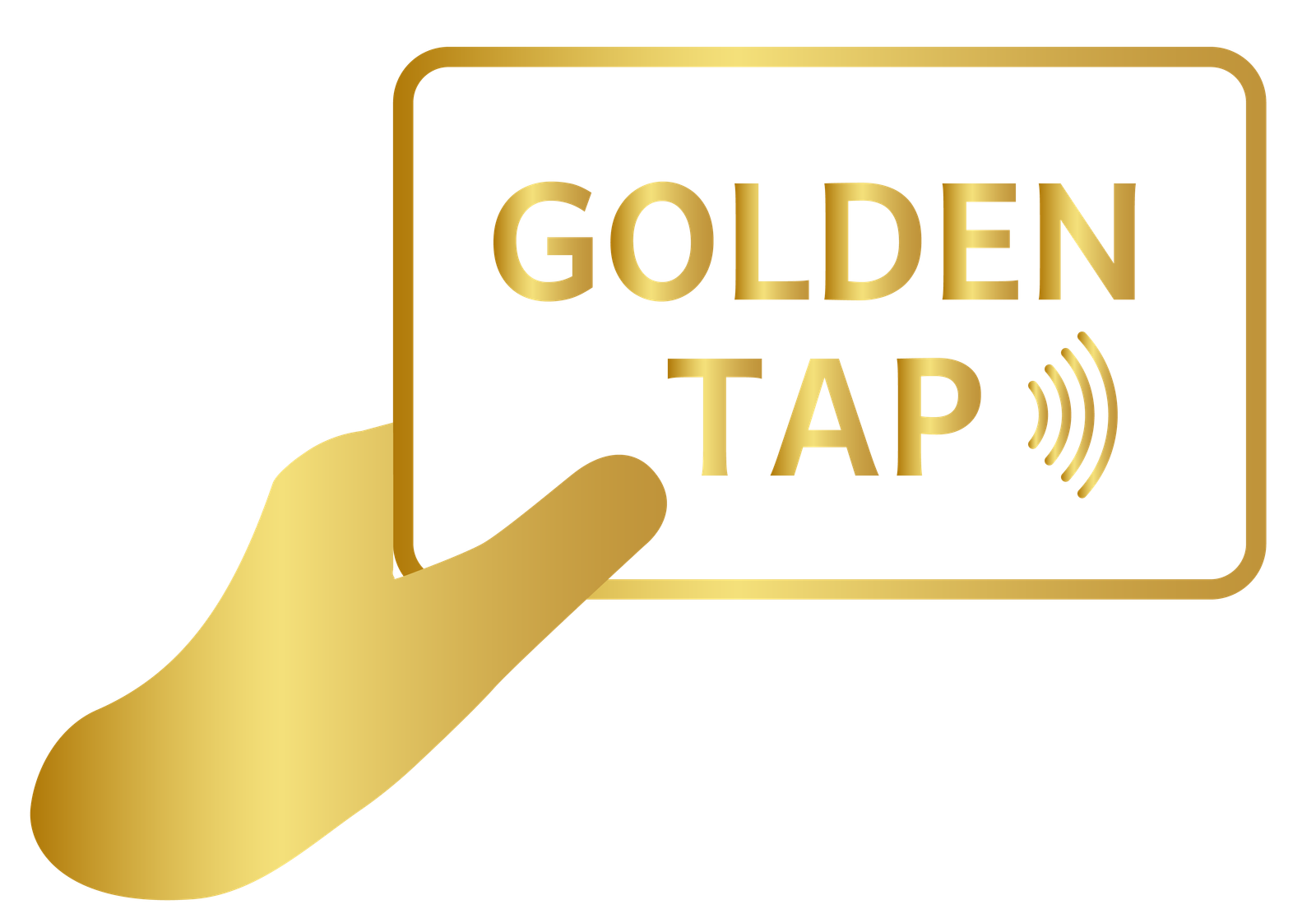Introduction: The Evolution of Business Cards
Business cards have been essential tools for networking for decades, allowing individuals to share contact information quickly during meetings and events. However, with technological advancements, Digital Business Cards are increasingly challenging the dominance of Traditional Business Cards. This article explores the key differences between these two options and their relevance in modern business networking.
What Are Traditional Business Cards?
Traditional Business Cards are printed pieces of cardstock containing vital business information, such as:
- Name
- Job title
- Company name
- Contact details (phone, email, address)
These physical cards are typically exchanged in face-to-face meetings and often play a significant role in branding and marketing.
Advantages of Traditional Business Cards
- Tangible Presence: A physical card fosters a personal connection when handed out.
- Branding Opportunity: Custom designs, logos, and finishes like embossing create a lasting impression.
- No Technology Required: They can be shared without digital devices, making them accessible to all professionals.
- Durability: High-quality materials can ensure long-term visibility.
Disadvantages of Traditional Business Cards
- Limited Space: Only a small amount of information can be displayed.
- Cost: High-quality printing can become expensive.
- Environmental Impact: Contributes to waste, especially when produced in large quantities.
- Easily Lost or Damaged: Paper cards can be misplaced or damaged easily.
What Are Digital Business Cards?
Digital Business Cards are virtual alternatives that store your contact information online. They can be shared through:
- QR codes
- NFC technology
- Social media platforms
Digital cards can include dynamic features such as videos and direct calls to action, enhancing engagement with potential clients.
Advantages of Digital Business Cards
- Unlimited Information: Include links to websites and social profiles.
- Easy to Update: Instantly update without reprinting.
- Cost-Effective: No printing costs make them more affordable in the long run.
- Environmentally Friendly: Reduces paper waste.
- Enhanced Engagement: Interactive features create better connections.
- Easy Sharing: Quickly shared via multiple platforms, increasing convenience.
Disadvantages of Digital Business Cards
- Reliance on Technology: This may not be accessible to all clients or partners.
- Less Personal Touch: Lacks the tactile feel of traditional cards.
- Privacy Concerns: Digital sharing may raise privacy issues.
Digital Business Cards vs Traditional Business Cards: A Head-to-Head Comparison
| Feature | Traditional Business Cards | Digital Business Cards |
| Information Capacity | Limited | Unlimited, including dynamic content |
| Cost | Can be expensive | Lower in the long run |
| Environmental Impact | Contributes to waste | Eco-friendly |
| Shareability | Limited to face-to-face | Can be shared globally and instantly |
| Durability | Can be lost or damaged | Always accessible via devices |
| updatability | Requires reprinting | Instantly updated |
| Networking Potential | Good for in-person meetings | Ideal for both in-person and virtual settings |
Which Business Card Type Should You Choose?
The choice between Digital and Traditional Business Cards depends on your professional context and networking preferences.
Use Traditional Business Cards If:
- You often attend in-person networking events.
- Your industry values traditional practices (e.g., law or finance).
- You want to leave a physical reminder of your meeting.
Use Digital Business Cards If:
- You work in a tech-savvy industry.
- You want to leverage dynamic content.
- You’re focused on sustainability and reducing your environmental impact.
- You prefer easily updating your contact details.
The Future of Business Networking: Hybrid Approaches
As technology advances, a hybrid approach to business cards is becoming more common. Many professionals carry both Traditional and Digital Business Cards to adapt to any situation.
Hybrid Networking in Practice
For example, at a large conference, you might exchange Traditional Business Cards to establish personal connections, then share your Digital Business Card during a virtual workshop via a QR code scan. This approach maximizes your networking efforts.
Conclusion: Making the Right Choice for Your Business
Both Digital and Traditional Business Cards have unique advantages. For those prioritizing convenience and environmental concerns, Digital Business Cards are the future of networking. However, Traditional Business Cards still hold significant value in industries where personal interaction is vital.
Ultimately, your choice should align with your business needs and networking habits. Understanding the strengths and weaknesses of each format will enable you to make an informed decision that supports your professional goals.

